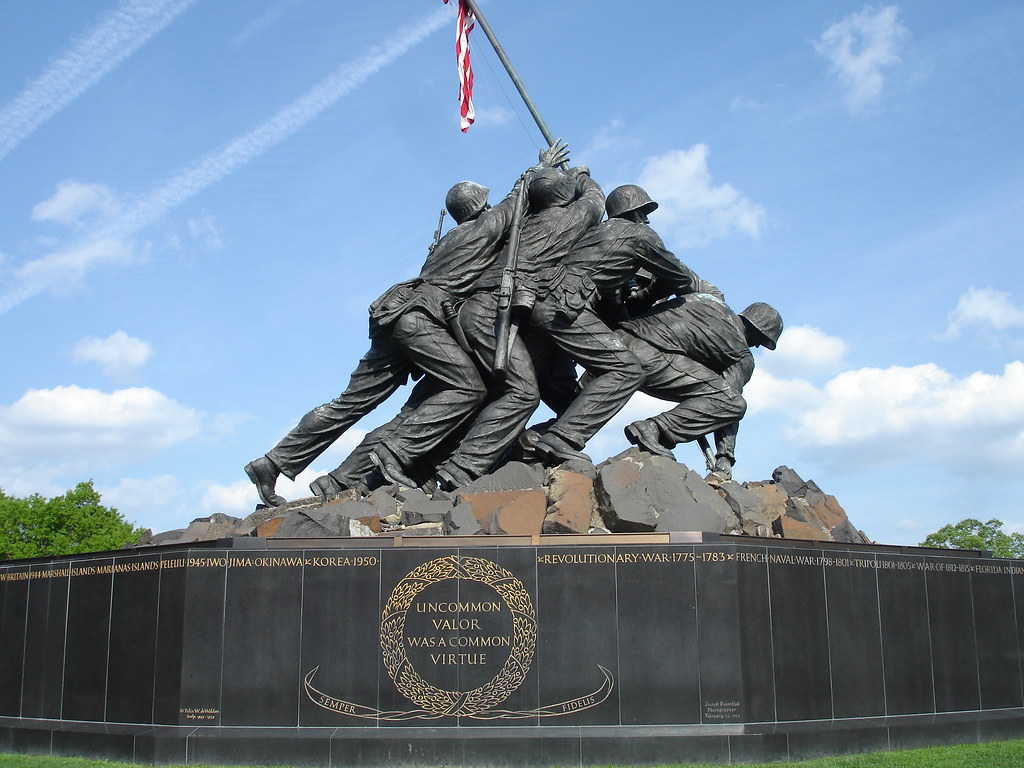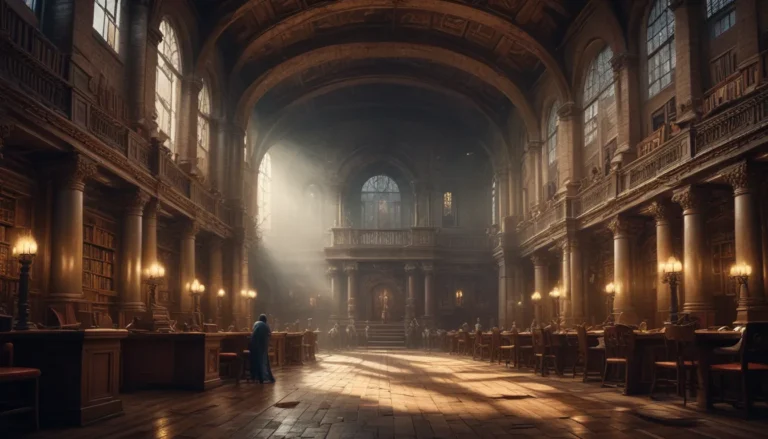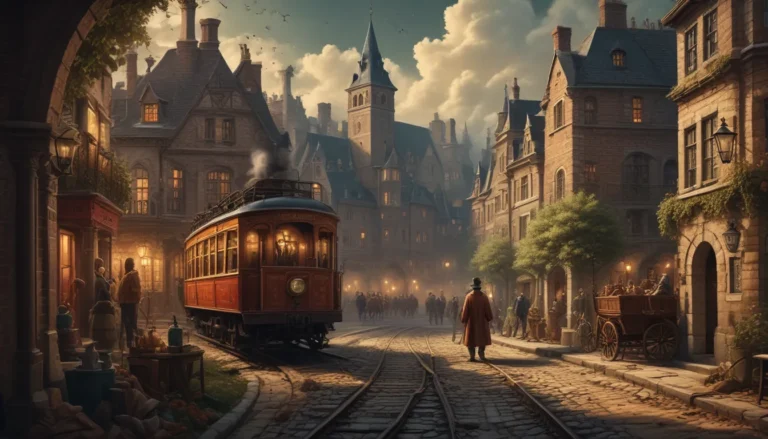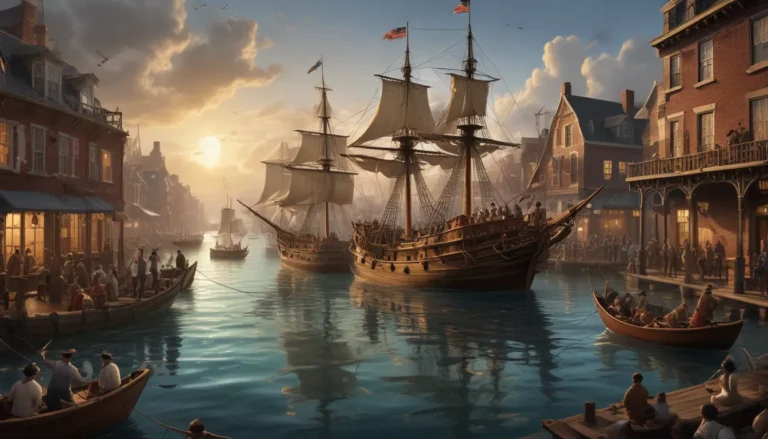The images in our articles may not match the content exactly. They are used to grab your attention, not to show the exact details in the text. The images complement the text but do not replace it.
The Iwo Jima Memorial, also known as the Marine Corps War Memorial, stands as a powerful symbol of courage and sacrifice, honoring the valor of the United States Marine Corps in World War II. Located near Arlington National Cemetery in Virginia, this iconic monument pays tribute to the bravery and camaraderie of the Marines. In this article, we will delve into fascinating facts about the Iwo Jima Memorial, shedding light on its historical significance, architectural details, and enduring legacy.
The History and Significance of the Iwo Jima Memorial
The Iwo Jima Memorial, officially known as the Marine Corps War Memorial, is a powerful and iconic monument located in Arlington, Virginia. Dedicated to the United States Marine Corps, the memorial honors the Marines who sacrificed their lives in defense of the nation. Inspired by the historic photograph of the raising of the American flag on Mount Suribachi during the Battle of Iwo Jima in World War II, the monument stands as a symbol of courage, patriotism, and sacrifice, embodying the indomitable spirit of the Marine Corps.
The Iwo Jima Memorial was officially unveiled on November 10, 1954, marking the 179th anniversary of the United States Marine Corps. The dedication ceremony was attended by President Dwight D. Eisenhower and numerous military officials, dignitaries, and veterans, solidifying its status as a hallowed symbol of American valor and resilience.
A Monument of Historical Representation
The awe-inspiring monument features a larger-than-life bronze sculpture that meticulously recreates the iconic photograph of the flag-raising on Mount Suribachi. The six soldiers depicted in the sculpture were among the Marines and a Navy corpsman captured in the historic image. This faithful representation serves as a poignant reminder of the sacrifices made by the brave individuals who fought in the Pacific theater during World War II.
Renowned sculptor Felix de Weldon, himself a former Marine, was commissioned to design and craft the monumental sculpture. De Weldon captured the intensity and camaraderie of the soldiers as they raised the flag amidst the ravages of war, ensuring its enduring impact as a stirring tribute to the valor and solidarity of the Marine Corps.
Architectural Details and Symbolism
Standing at a height of 78 feet and weighing approximately 100 tons, the Iwo Jima Memorial commands attention with its imposing stature and substantial structure. Its grand scale and commanding presence make it a striking landmark that draws visitors from around the world. The monument’s elevated position near Arlington National Cemetery overlooks the Potomac River, adding to its allure and providing a fitting vantage point from which to reflect on its significance.
The Iwo Jima Memorial has been the site of numerous ceremonies and commemorative events over the years, serving as a solemn and dignified backdrop for honoring the legacy of the Marine Corps and paying tribute to those who have served and sacrificed in defense of the nation. Its accessibility 24 hours a day underscores its role as a living tribute that invites reflection and reverence from people of all backgrounds.
Cultural Impact and Recognition
The striking and emotive presence of the Iwo Jima Memorial has inspired countless visitors, artists, and admirers. Its profound symbolism and evocative depiction of valor have sparked artistic interpretations, photographic compositions, and personal reflections, underscoring its enduring impact as a source of inspiration and contemplation. The monument’s inclusion in film and popular culture references further solidifies its status as an enduring emblem of valor and remembrance.
Above all, the Iwo Jima Memorial stands as a testament to the unyielding spirit and unwavering commitment of the United States Marine Corps. Its depiction of the historic flag-raising on Iwo Jima encapsulates the essence of camaraderie, sacrifice, and resilience that define the Marine Corps and serve as an enduring source of inspiration for generations to come. As a hallowed and revered monument, it continues to honor and commemorate the legacy of the Marine Corps and the sacrifices of its members.






